
San Diego: The Heartbeat of Cartagena's Charm
Discover the enchanting blend of colonial history and vibrant local culture in San Diego, the heart of Cartagena's walled city.
San Diego, a historic gem nestled within Cartagena's famed walled city, offers a delightful blend of colonial elegance and vibrant local life. This neighborhood, characterized by its narrow cobblestone streets and colorful facades, is a living testament to Cartagena's rich history and cultural heritage. As you wander through San Diego, you'll encounter beautifully preserved colonial architecture, charming plazas, and a plethora of inviting cafes and boutique shops, each telling its own story of the city's past and present. San Diego is home to some of Cartagena's most iconic landmarks, including the Plaza de San Diego, a lively square that's perfect for people-watching or enjoying a leisurely meal at one of the many outdoor restaurants. The neighborhood's allure is further enhanced by the presence of the University of Cartagena and several art galleries, making it a hub for intellectual and creative pursuits. Despite its historical significance, San Diego is far from being a relic of the past. The area is bustling with life, offering a vibrant nightlife scene with numerous bars and live music venues where you can dance the night away to the rhythms of salsa and champeta. Whether you're exploring during the day or enjoying the lively atmosphere at night, San Diego promises an unforgettable experience for every traveler.
Local tips in San Diego
- Visit early in the morning to avoid the heat and enjoy a peaceful stroll through the cobblestone streets.
- Try local delicacies at the Plaza de San Diego, where you can find a variety of restaurants offering authentic Colombian cuisine.
- Explore the art galleries and shops for unique souvenirs and locally made crafts.
- Stay hydrated and wear sunscreen, as the tropical sun can be quite intense.
- Take a guided walking tour to learn about the rich history and hidden gems of San Diego.
San Diego: The Heartbeat of Cartagena's Charm
San Diego, a historic gem nestled within Cartagena's famed walled city, offers a delightful blend of colonial elegance and vibrant local life. This neighborhood, characterized by its narrow cobblestone streets and colorful facades, is a living testament to Cartagena's rich history and cultural heritage. As you wander through San Diego, you'll encounter beautifully preserved colonial architecture, charming plazas, and a plethora of inviting cafes and boutique shops, each telling its own story of the city's past and present. San Diego is home to some of Cartagena's most iconic landmarks, including the Plaza de San Diego, a lively square that's perfect for people-watching or enjoying a leisurely meal at one of the many outdoor restaurants. The neighborhood's allure is further enhanced by the presence of the University of Cartagena and several art galleries, making it a hub for intellectual and creative pursuits. Despite its historical significance, San Diego is far from being a relic of the past. The area is bustling with life, offering a vibrant nightlife scene with numerous bars and live music venues where you can dance the night away to the rhythms of salsa and champeta. Whether you're exploring during the day or enjoying the lively atmosphere at night, San Diego promises an unforgettable experience for every traveler.
Iconic landmarks you can’t miss
Walls of Cartagena
Explore the iconic Walls of Cartagena, a UNESCO World Heritage Site, and immerse yourself in the rich history and vibrant culture of this stunning coastal city.
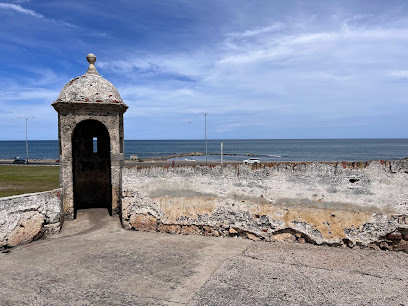
Monumento Torre del Reloj
Explore the historic Torre del Reloj in Cartagena, a stunning symbol of the city’s colonial past and vibrant culture, perfect for every tourist's itinerary.

Monumento India Catalina
Discover the rich heritage of Cartagena at Monumento India Catalina, a stunning tribute to Colombia's indigenous culture and history.
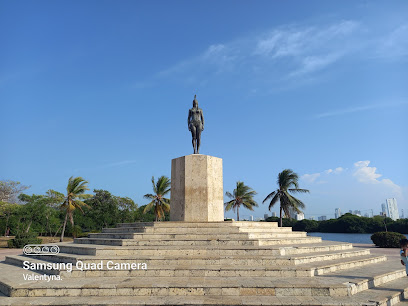
Plaza de Santo Domingo
Explore the rich history and vibrant culture at Plaza de Santo Domingo, Cartagena's iconic square filled with stunning architecture and lively atmosphere.
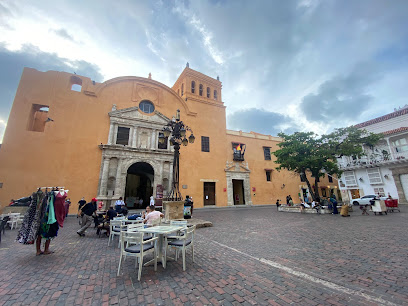
Las Bóvedas
Discover the historical charm and vibrant culture of Las Bóvedas in Cartagena, where the past meets the present in breathtaking beauty.
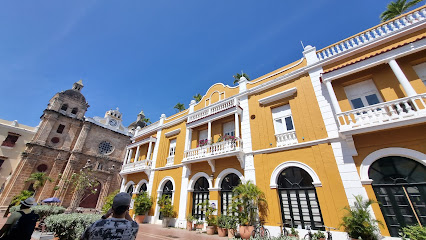
Centro de Cartagena, Bolívar
Explore the vibrant culture and historical richness of Centro de Cartagena, a must-visit landmark in Colombia's enchanting coastal city.
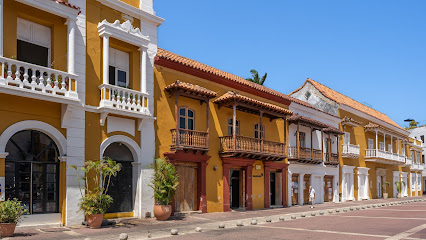
Plaza de San Diego
Explore the vibrant Plaza de San Diego, a picturesque park in Cartagena, perfect for relaxation and cultural experiences amidst charming colonial architecture.
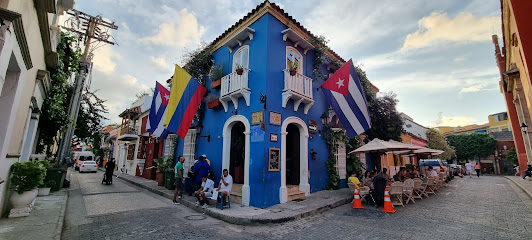
Bastion of Santa Catalina
Experience the rich history and stunning views at the Bastion of Santa Catalina, a key landmark in Cartagena's colonial past.
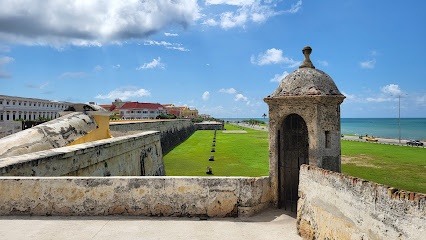
STREET QUERO
Explore STREET QUERO in San Diego, Cartagena – a vibrant historical gem showcasing colonial architecture and local culture.
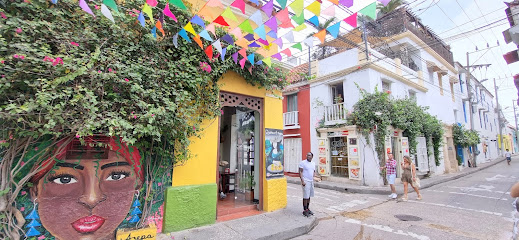
Antiguo Convento de San Diego y Carcel del distrito
Explore the Antiguo Convento de San Diego, a historical landmark in Cartagena, showcasing colonial architecture and artistic heritage in a serene setting.
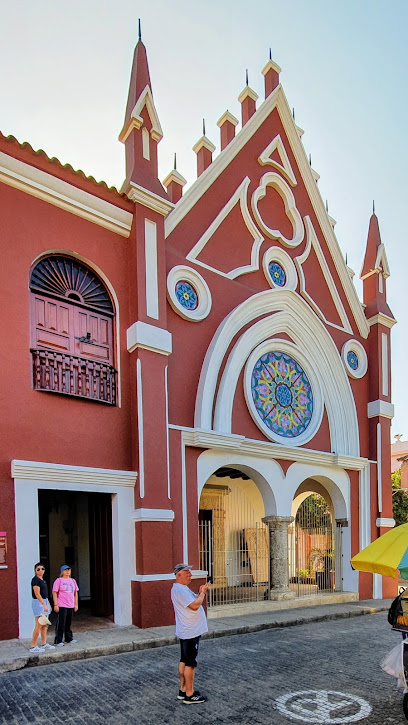
Unmissable attractions to see
Apolo Park
Experience nature's tranquility in the heart of Cartagena at Apolo Park, a perfect blend of lush landscapes and vibrant local culture.

Alcatraces Monument
Explore the Alcatraces Monument in Cartagena, a captivating blend of history and nature offering breathtaking views and serene landscapes.
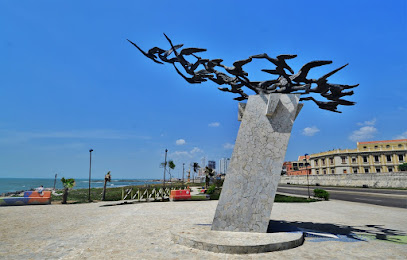
Essential places to dine
La Mulata
Experience authentic Caribbean cuisine at La Mulata in Cartagena; where local flavors meet warm hospitality.
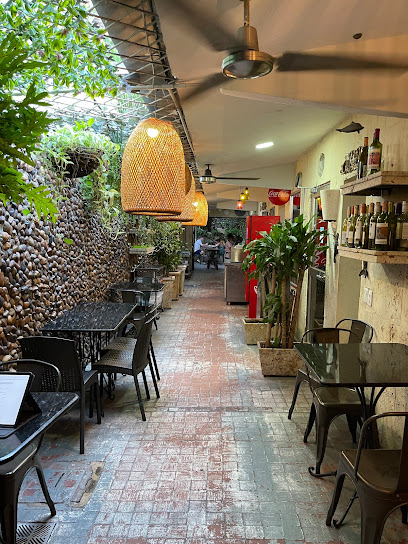
Cuba 1940 - Plaza San Diego
Experience authentic Cuban cuisine in Cartagena's vibrant Plaza San Diego at Cuba 1940 - where flavor meets culture.

Restaurante 1621
Experience unparalleled fine dining at Restaurante 1621 in Cartagena - where exquisite cuisine meets historical elegance.

Le Grazie
Discover authentic Italian flavors at Le Grazie in San Diego, Cartagena - where every meal feels like a trip to Italy.
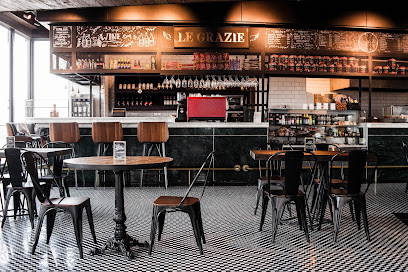
San Diego
Discover San Diego in Cartagena: A culinary haven blending tradition with innovation amidst stunning colonial charm.

La GALERIA GOURMET
Experience innovative Colombian cuisine at La GALERIA GOURMET in San Diego, Cartagena - where every meal tells a story.

Plaza Malagua
Experience authentic Colombian cuisine at Plaza Malagua in Cartagena's historic San Diego neighborhood - where flavor meets culture.
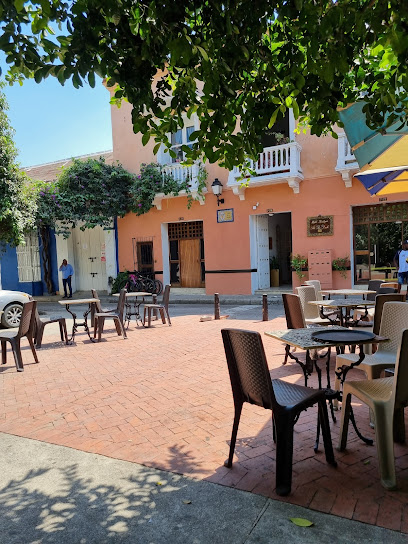
D'RESTAURANTE
Experience authentic Caribbean flavors at D'RESTAURANTE in San Diego, Cartagena - where every meal is a celebration of local culture.
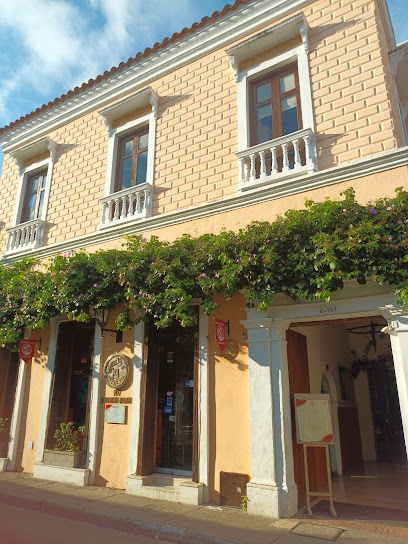
Tapita
Discover authentic Italian flavors at Tapita in Cartagena's historic San Diego neighborhood – a culinary delight not to be missed!
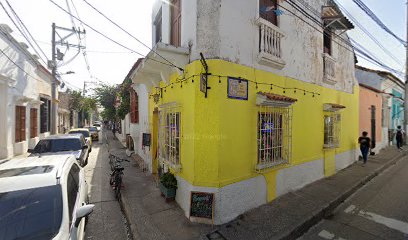
Restaurante Chanbacu
Discover authentic Colombian cuisine at Restaurante Chanbacu in Cartagena - where tradition meets flavor in a vibrant setting.
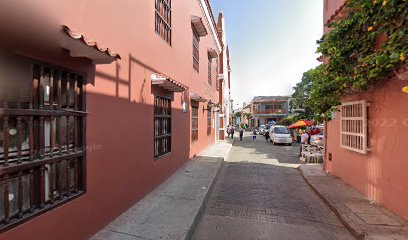
Markets, malls and hidden boutiques
CHIQUI HOUSE BOUTIQUE
Discover unique Colombian craftsmanship at Chiqui House Boutique in the heart of Cartagena, a must-visit for every traveler.
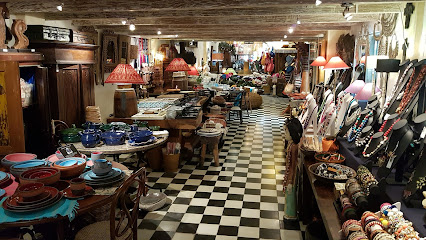
CENTRO COMERCIAL SAN DIEGO
Discover a vibrant shopping experience at Centro Comercial San Diego, Cartagena's premier shopping mall offering local and international brands, dining, and entertainment.
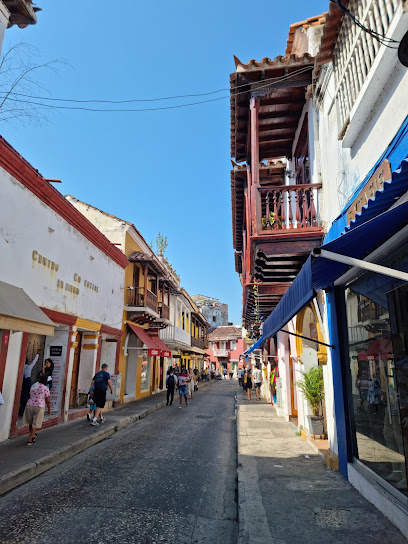
Boutique Kelinda
Explore Boutique Kelinda in Cartagena for unique, stylish clothing that embodies the vibrant spirit of Colombian fashion and culture.

Votivo Studio
Explore Votivo Studio in Cartagena for unique handcrafted treasures that embody the spirit of Colombian artistry and culture.
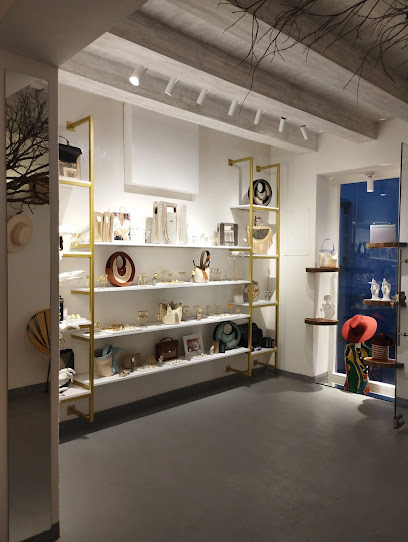
Lovely Dreams
Explore unique gifts and local crafts at Lovely Dreams, a charming gift shop in Cartagena's vibrant La Serrezuela shopping center.
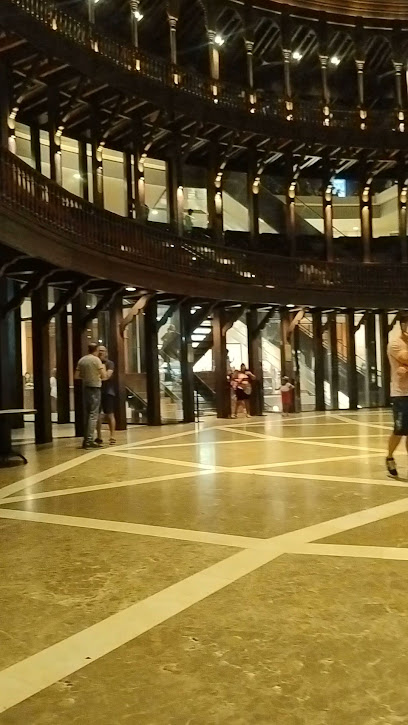
Boutique Adriana Contreras
Experience the essence of Colombian craftsmanship at Boutique Adriana Contreras, a must-visit shopping destination in Cartagena.

Especia
Explore Especia in Cartagena for trendy women's clothing, blending local flair with modern fashion in a vibrant shopping atmosphere.

Tienda De Mar
Explore Tienda De Mar in San Diego, Cartagena for authentic Colombian crafts and unique souvenirs that embody the region's rich cultural heritage.
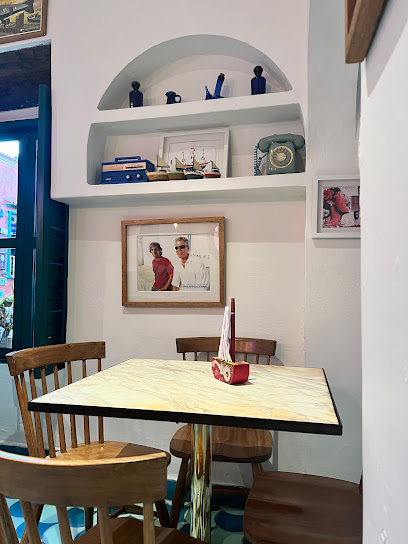
Dangon #3
Explore the vibrant craftsmanship of Cartagena at Dangon #3, your go-to gift shop for unique souvenirs and local art.
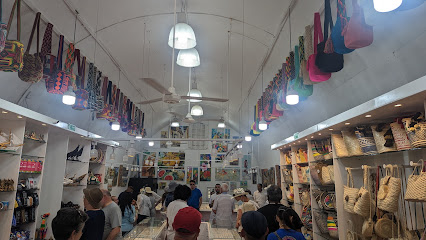
Aja Company
Explore Aja Company in Cartagena for unique souvenirs that reflect Colombia's vibrant culture and support local artisans in the heart of the historic district.
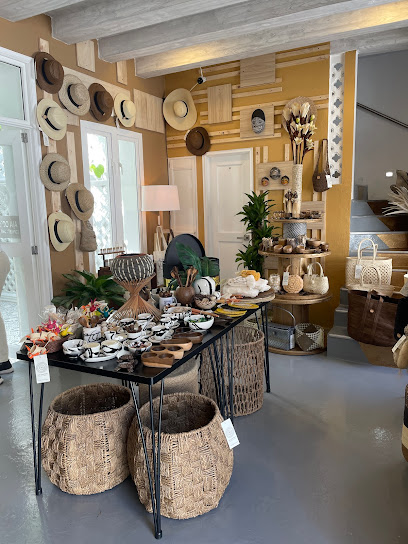
Essential bars & hidden hideouts
Alquimico
Experience the vibrant nightlife of Cartagena at Alquimico, where unique cocktails and lively atmosphere come together for an unforgettable evening.
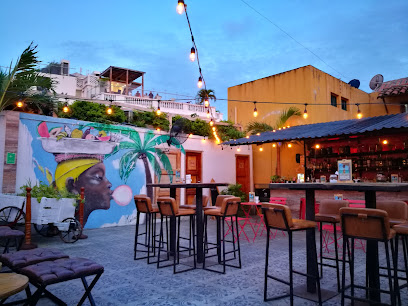
Bar tabaco y Ron
Dive into Cartagena's vibrant culture at Bar Tabaco y Ron, where delicious grilled cuisine meets an impressive selection of fine cigars.
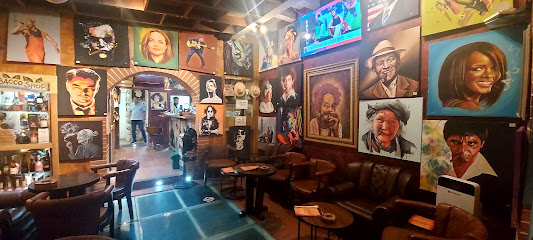
El Coro Lounge Bar
Experience elegance at El Coro Lounge Bar, where exquisite cocktails meet Cartagena's vibrant nightlife in a historic setting.
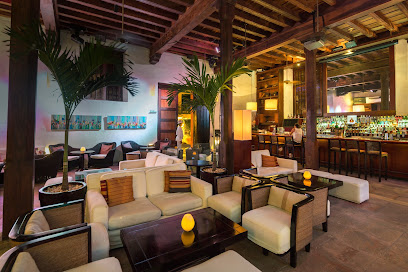
Botika Santa Clara Bar
Discover the vibrant nightlife at Botika Santa Clara Bar in Cartagena, where creative cocktails and a lively atmosphere await.
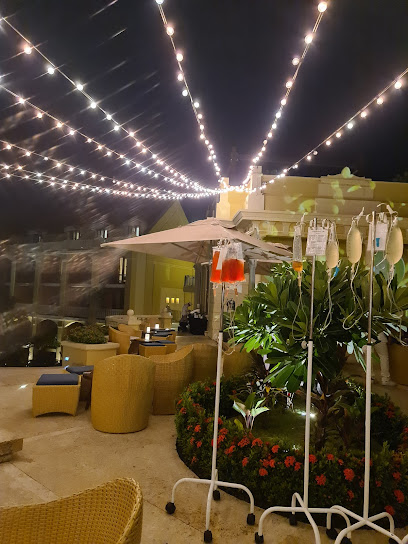
Tap Ten Bar Cartagena
Experience the vibrant nightlife at Tap Ten Bar in San Diego, Cartagena. Enjoy creative cocktails and live music in a lively atmosphere.
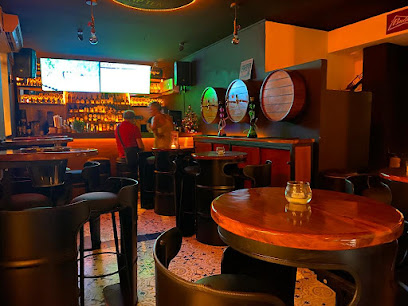
Zona 5 Mirador
Experience stunning views and vibrant nightlife at Zona 5 Mirador, Cartagena's premier bar and karaoke destination.
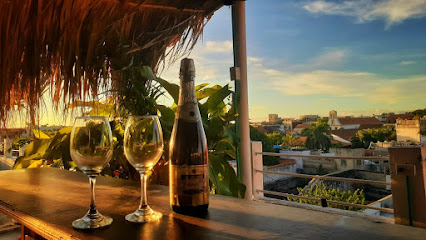
Sport Bar - Cartagena
Experience the thrill of live sports in Cartagena's most energetic and welcoming sports bar, where every game feels like a celebration.
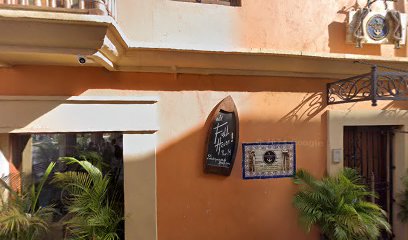
MARIACHI BAR
Experience the vibrant nightlife of Cartagena at Mariachi Bar, where lively music, delicious drinks, and a festive atmosphere await.

Boticario Bar
Experience the vibrant nightlife of Cartagena at Boticario Bar, where innovative cocktails meet local culture in a lively atmosphere.
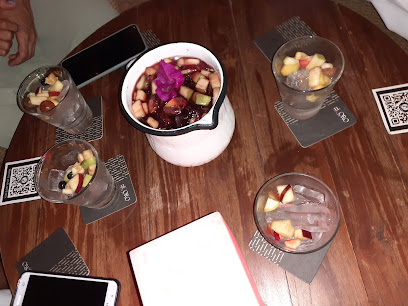
Cocteles en San Diego to go
Experience the vibrant nightlife of Cartagena at Cocteles en San Diego, where expertly crafted cocktails meet a charming atmosphere.

Local Phrases
-
- HelloHola
[oh-lah] - GoodbyeAdiós
[ah-dee-ohs] - YesSí
[see] - NoNo
[noh] - Please/You're welcomePor favor/De nada
[por fah-vohr/deh nah-dah] - Thank youGracias
[grah-see-ahs] - Excuse me/SorryPerdón/Lo siento
[pair-dohn/loh see-ehn-toh] - How are you?¿Cómo estás?
[koh-moh ehs-tahs] - Fine. And you?Bien. ¿Y tú?
[bee-ehn. ee too] - Do you speak English?¿Hablas inglés?
[ah-blahs een-glays] - I don't understandNo entiendo
[noh ehn-tee-ehn-doh]
- HelloHola
-
- I'd like to see the menu, pleaseMe gustaría ver el menú, por favor
[meh goos-tah-ree-ah behr ehl meh-noo, poor fah-vohr] - I don't eat meatNo como carne
[noh koh-moh kahr-neh] - Cheers!¡Salud!
[sah-loohd] - I would like to pay, pleaseMe gustaría pagar, por favor
[meh goos-tah-ree-ah pah-gahr, poor fah-vohr]
- I'd like to see the menu, pleaseMe gustaría ver el menú, por favor
-
- Help!¡Ayuda!
[ah-yoo-dah] - Go away!¡Vete!
[veh-teh] - Call the Police!¡Llame a la Policía!
[yah-meh ah lah poh-lee-see-ah] - Call a doctor!¡Llame a un médico!
[yah-meh ah oon meh-dee-koh] - I'm lostEstoy perdido
[ehs-toy pair-dee-doh] - I'm illEstoy enfermo
[ehs-toy ehn-fehr-moh]
- Help!¡Ayuda!
-
- I'd like to buy...Me gustaría comprar...
[meh goos-tah-ree-ah kohm-prahr...] - I'm just lookingSolo estoy mirando
[soh-loh ehs-toy mee-rahn-doh] - How much is it?¿Cuánto cuesta?
[kwan-toh kwehs-tah] - That's too expensiveEso es demasiado caro
[eh-soh ehs deh-mah-see-ah-doh kah-roh] - Can you lower the price?¿Puede bajar el precio?
[pweh-deh bah-hahr ehl pree-see-oh]
- I'd like to buy...Me gustaría comprar...
-
- What time is it?¿Qué hora es?
[keh oh-rah ehs] - It's one o'clockEs la una
[ehs lah oo-nah] - Half past (10)Media (10)
[meh-dee-ah (deez)] - MorningMañana
[mah-nyah-nah] - AfternoonTarde
[tahr-deh] - EveningNoche
[noh-cheh] - YesterdayAyer
[ah-yehr] - TodayHoy
[oy] - TomorrowMañana
[mah-nyah-nah] - 1Uno
[oo-noh] - 2Dos
[dohs] - 3Tres
[trehs] - 4Cuatro
[kwah-troh] - 5Cinco
[seen-koh] - 6Seis
[says] - 7Siete
[see-eh-teh] - 8Ocho
[oh-choh] - 9Nueve
[nweh-veh] - 10Diez
[dyehs]
- What time is it?¿Qué hora es?
-
- Where's a/the...?¿Dónde está...?
[dohn-deh ehs-tah] - What's the address?¿Cuál es la dirección?
[kwal ehs lah dee-rehk-syon] - Can you show me (on the map)?¿Puedes mostrarme (en el mapa)?
[pweh-dehs mohs-trar-meh (ehn ehl mah-pah)] - When's the next (bus)?¿Cuándo es el próximo (autobús)?
[kwan-doh ehs ehl proh-ksee-moh (ow-toh-boos)] - A ticket (to ....)Un boleto (a ...)
[oon boh-leh-toh (ah ...)]
- Where's a/the...?¿Dónde está...?
History of San Diego
-
The San Diego neighborhood in Cartagena was established during the Spanish colonial period in the 16th century, serving as a vital area within the fortified city. Its layout reflects the Spanish colonial architecture, with narrow cobblestone streets and colorful colonial buildings that house homes, shops, and restaurants. The neighborhood's name honors St. Didacus, a Franciscan saint, and showcases the religious influence prevalent during this era.
-
Adjacent to San Diego, the construction of the San Felipe de Barajas Fortress began in the late 16th century and was completed in the early 17th century. This massive fortress was built to protect the city from pirate attacks and foreign invasions, showcasing the strategic military importance of Cartagena during the colonial period. San Diego's proximity to the fortress emphasizes its historical significance in the context of military defense.
-
Throughout the centuries, San Diego has been a melting pot of various cultures, including indigenous, Spanish, African, and Caribbean influences. This cultural amalgamation is reflected in the neighborhood's vibrant arts scene, culinary diversity, and annual festivals, such as the Hay Festival and the International Music Festival, which celebrate the rich cultural heritage of Cartagena and Colombia.
-
During the early 19th century, San Diego played a crucial role in the Colombian independence movement against Spanish rule. The neighborhood witnessed many gatherings and revolutionary activities, marking a significant chapter in Cartagena's history. The events leading to independence in 1811 were pivotal not just for Cartagena but for the broader struggle for liberty in Latin America.
-
In the late 20th and early 21st centuries, San Diego underwent significant restoration and revitalization efforts, aimed at preserving its historical architecture and cultural identity. The neighborhood has transformed into a popular tourist destination, known for its beautiful plazas, vibrant nightlife, and artistic expressions, while still retaining its historical charm and significance within Cartagena.
San Diego Essentials
-
San Diego is centrally located within Cartagena's walled city. If you are coming from the Rafael Núñez International Airport, you can take a taxi or an airport shuttle, which typically takes around 15 to 20 minutes. If you're coming from other neighborhoods like Getsemaní or El Laguito, walking is a pleasant option, or you can opt for a taxi or local bus services. Buses run frequently and are an economical way to navigate the city.
-
San Diego is highly walkable, and most attractions are within a short walking distance. Bicycles can be rented from various local shops, and some hotels may offer free bike rentals. While there are no trains or subways in Cartagena, taxis and motorbike taxis (moto-taxis) are readily available. For a unique experience, consider using the local 'colectivo' buses, which are shared minibuses that follow set routes.
-
San Diego is generally safe for tourists, but like any urban area, it is wise to remain vigilant. Avoid walking alone late at night and be cautious in less busy areas. Some neighborhoods outside the walled city, such as parts of La Esperanza and El Pozón, may have higher crime rates and should be avoided, especially after dark. Keep your belongings secure and be aware of your surroundings.
-
In case of an emergency, dial 123 for police assistance or 125 for medical emergencies. The nearest hospital is Clínica del Caribe, and there are various pharmacies throughout San Diego for minor health issues. It is advisable to have travel insurance that covers emergencies. Ensure you have the contact information for your country’s embassy or consulate in case of serious incidents.
-
Fashion: Do dress appropriately for the climate – light, breathable fabrics are recommended. However, when visiting religious sites, it’s best to dress modestly. Religion: Do respect local customs; when entering churches, it’s customary to cover shoulders and avoid loud conversations. Public Transport: Do be polite; give up your seat to elderly passengers and don't eat on public transport. Greetings: Do greet locals with a friendly 'hola' and a smile. Eating & Drinking: Do try local delicacies like arepas and fresh juices. Don’t refuse food offerings, as it can be seen as impolite.
-
To experience San Diego like a local, visit the Plaza de San Diego, where you can enjoy the vibrant atmosphere and local artisans selling crafts. Try the street food, especially at local kiosks. Engage with locals; many are friendly and happy to share insights about their neighborhood. Attend cultural events at the nearby Teatro Heredia if possible, and explore the local art scene, which includes many galleries showcasing Colombian artists.
Nearby Cities to San Diego
-
Things To Do in Barranquilla
-
Things To Do in Sincelejo
-
Things To Do in Santa Marta
-
Things To Do in Riohacha
-
Things To Do in San Blas Islands
-
Things To Do in Cúcuta
-
Things To Do in Portobelo
-
Things To Do in Panama City
-
Things To Do in Medellín
-
Things To Do in Colon
-
Things To Do in Tunja
-
Things To Do in Manizales
-
Things To Do in Las Tablas
-
Things To Do in Chitre
-
Things To Do in Pereira










